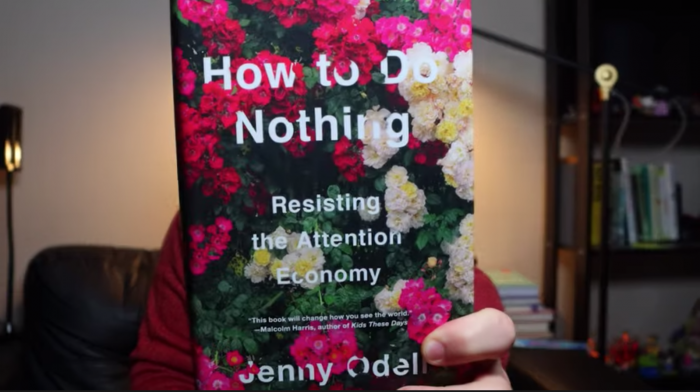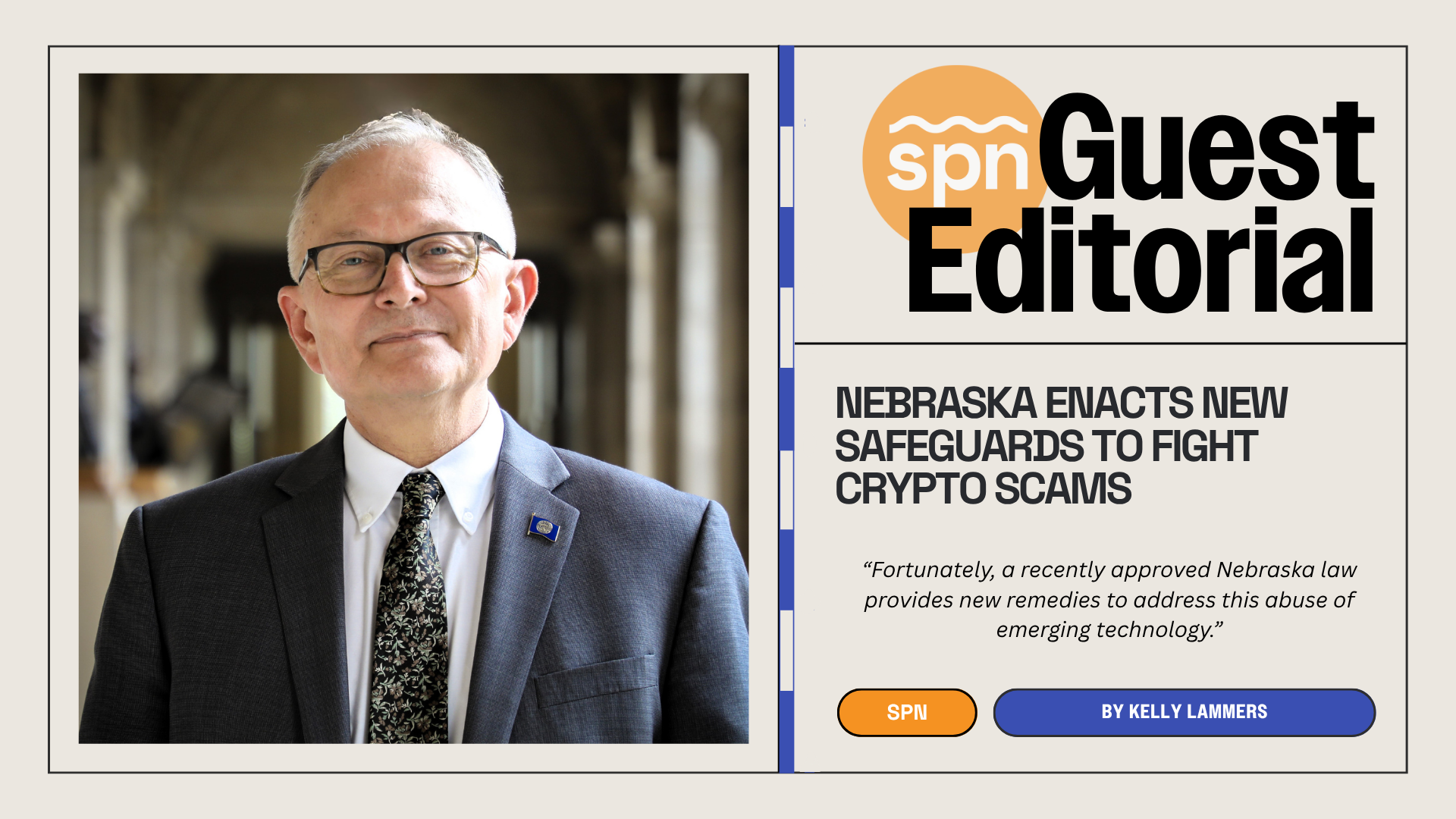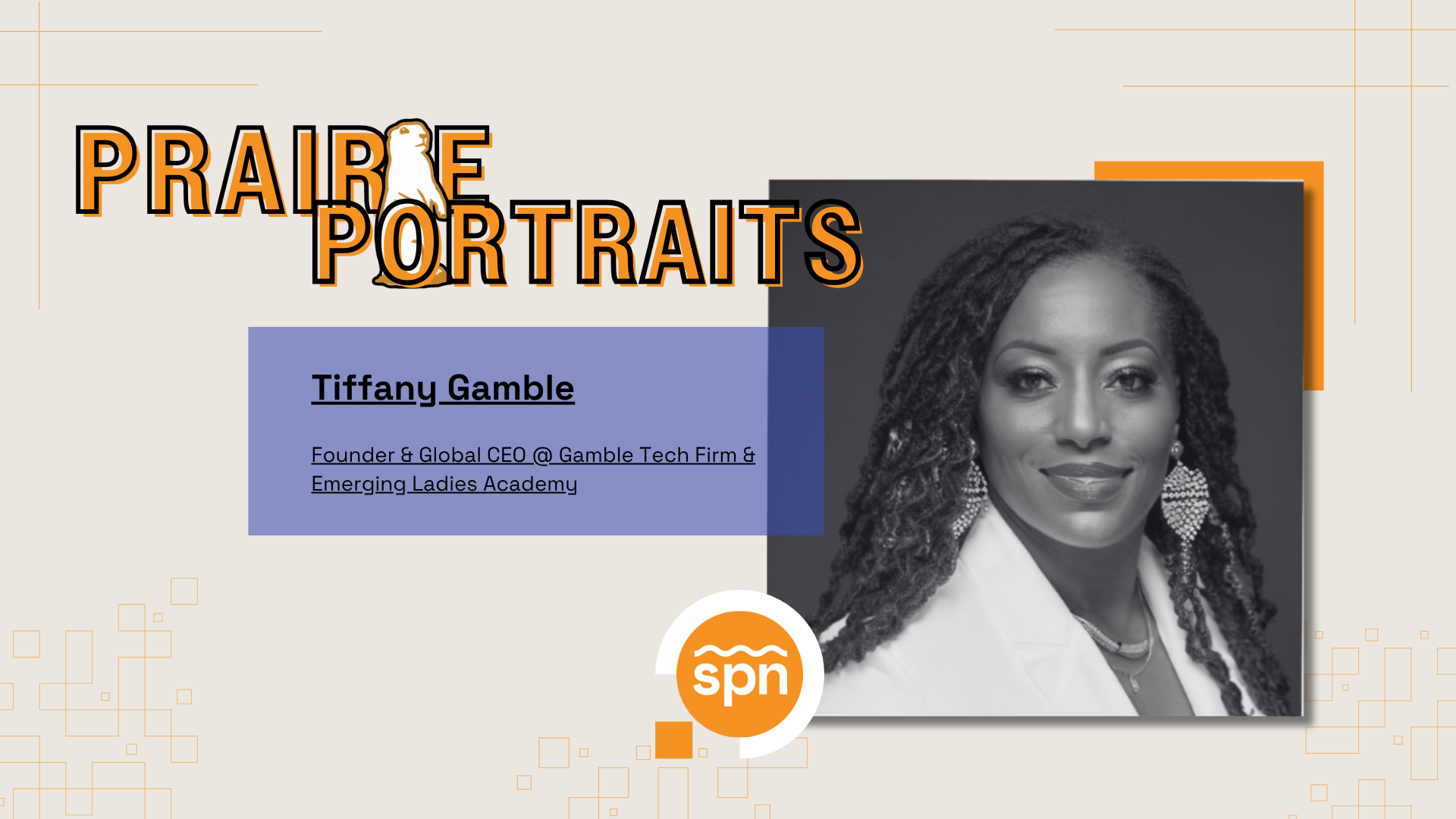We think you should read more in 2021, and we can help. By giving you a rundown and key takeaways from what we feel are the most relevant books to founders and tech entrepreneurs, SPN’s Bookworthy series will help you decide which recent titles are worth your time and attention.
Speaking of attention, the first book on the docket is Jenny Odell’s “How to Do Nothing: Resisting the Attention Economy,” originally published in 2019 through Penguin Random House and recently reissued on paperback.
*
“In Zen, they say: If something is boring after two minutes, try it for four. If still boring, try it for eight. Then 16. Then 32. And so on. Eventually one discovers that it is not boring at all but very interesting.”
If the above recommendation from noted 20th century composer John Cage feels unthinkable—who has time to be bored?—or dreadful, then you, like many of us, might be a victim of the attention economy.
The attention economy is a multidisciplinary theory that our attention spans are scarce commodities in an age of content saturation, digital distraction and information overload.
What can you do about that? Why do anything?
That’s what Bay Area artist, author and educator Jenny Odell seeks to answer in her sprawling, allusive, rebellious, thought-provoking and ultimately compelling book, “How to Do Nothing: Resisting the Attention Economy.” Anyone concerned with our supposed eroding ability to focus, but who also finds much value in using and developing the latest tech, may find the book a useful, enlivening read.
Odell posits that the Silicon Valley technological revolution, despite its quasi-utopian origins rooted in noble ideas of technology’s ability to streamline work and free up time in our lives for meaningful pursuits, has actually had the opposite effect. Our cultural addiction to attention-seeking devices consumes our days, damages our health, distracts us from our lives and makes it impossible to take collective action to revitalize our communities, she argues.
And while the attention economy finds new ways to separate us from our free time and our money, it simultaneously enriches a small coterie of stakeholders who (again, like many of us) also feel circumscribed by pressures to work harder, sleep less and accomplish more.
Odell paints an unsettling picture of the voracious appetite of the attention economy, whose demands, left unchecked, could deeply harm us. It’s a grim scenario that feels both real and not.
So what should we do? Get rid of our phones? Delete our Facebook accounts? We should throw our Wi-Fi routers in the ocean, right?
No, we should not do that. The answer is not to turn our back on tech, Odell maintains, but to better adapt it to suit our vision of what tech should do. (As technology theorist Douglas Rushkoff has pointed out, we all too often adapt ourselves to suit tech’s vision of what we should do.)
Odell is no Luddite. She grew up in Cupertino, in Apple country. Her artwork engages with internet culture, and she understands the power of technology to democratize access to information—a feature of the web that, though it can certainly be misused, can also at least theoretically help bridge cultural divides and amplify the voices of the underheard.
“What is needed, then,” Odell writes, “is not a ‘once-and-for-all’ type of quitting but an ongoing training: the ability not just to withdraw attention, but to invest it somewhere else, to enlarge and proliferate it, to improve its acuity.”
What Odell argues for is not a rejection of tech, but a refusal of the terms of the question. Saying no to specific kinds of technology does nothing—which simply reifies the idea some kinds of tech might be worth subordinating our lives to, if only we’d let the next disruptive app into our lives—but to object, as quietly or loudly as we like, to the notion that we should always be reachable, always online, always doing more with less.
We can enact this refusal, she argues, by practicing mindfulness, training our attention, zealously guarding our free time, developing media literacy—so we can recognize when we are being guilted into giving more of our time, attention, money, etc., into products and processes that offer us insufficient ROI—and “doing nothing,” which, Odell contends, is actually doing quite a lot.
On the latter point, she quotes poet William Blake, who, writing at the onset of the industrial revolution, wrestled with similar questions as we do about our roles and responsibilities to society in the face of great technological change. In “Auguries of Innocence,” written in 1803, Blake offers a vision of what “doing nothing” can look like: “To see a World in a Grain of Sand / And a Heaven in a Wild Flower / Hold Infinity in the palm of your hand / And Eternity in an hour.” For the less poetically minded, Odell offers a suitable exegesis of Blake’s lines when she writes, “The process of training one’s own attention means the discovery of new worlds and new ways of moving through them…of creating landscapes and new dimensions we can eventually inhabit with others.”
It is especially important to Odell that our resistance to the attention economy be inclusive. We should not merely focus on rebuilding our own capacity to focus, but also on helping our communities collectively attend to the common interest, on making the places we live more equitable and sustainable.
The book is not without its flaws. Odell meanders through a panoramic landscape of fact, anecdote, and history, with some examples more riveting than others. At times, one starts to wonder whether she’s tilting at too many windmills as she expands her argument to address everything from the professionalization of childhood and education, to the performativity of digital detox camps, to the similarities between comedian Tom Green and eccentric ancient Greek philosopher Diogenes, who famously snubbed Alexander the Great. (The latter was a particularly interesting connection for someone who grew up watching Green’s absurdist MTV show.) Odell also occasionally lapses into what feels like self-righteousness and too often employs the annoying term “bodies” when she means “people” or “humans.”
And, while not a flaw, her nuanced take on late capitalism and collective action could be misinterpreted by some readers as a kind of radical anti-capitalism—as if insisting on more freedom and a higher quality of life for all could be considered radical. To take this view would be unfortunate.
A good read for anyone who feels their attention span and personal resilience increasingly taxed by digital distractions, “How to Do Nothing” should be required for companies developing new products and technologies. For some, and certainly not all, tech entrepreneurs, Odell’s argument might feel like bitter medicine. But it’s an argument that invites founders to scrutinize the usefulness of the technology they’re offering a saturated marketplace, a noisy user environment, and a stressed-out audience.
Three standout moments from Jenny Odell’s How to Do Nothing: Resisting the Attention Economy:
“This is real. Your eyes, your hands, your breath, the time of day, the place where you are reading this. These things are real. I’m real too. I’m not an avatar, a set of preferences, or some smooth cognitive force. I’m lumpy and porous. I’m an animal. I hurt sometimes. And I’m different one day to the next…and it takes a break to remember that, a break to do nothing, to just listen, to remember, in the deepest sense, what, when, and where we are.”
“A social body that can’t concentrate or communicate with itself is like a person who can’t think and act.”
“As Gordon Hempton, an acoustic ecologist who records natural soundscapes, put it: ‘Silence is not the absence of something but the presence of everything.’ Unfortunately, our constant engagement with the attention economy means that this is something many of us, myself included, will have to relearn.”
To purchase “How to Do Nothing,” visit Penguin Random House.




